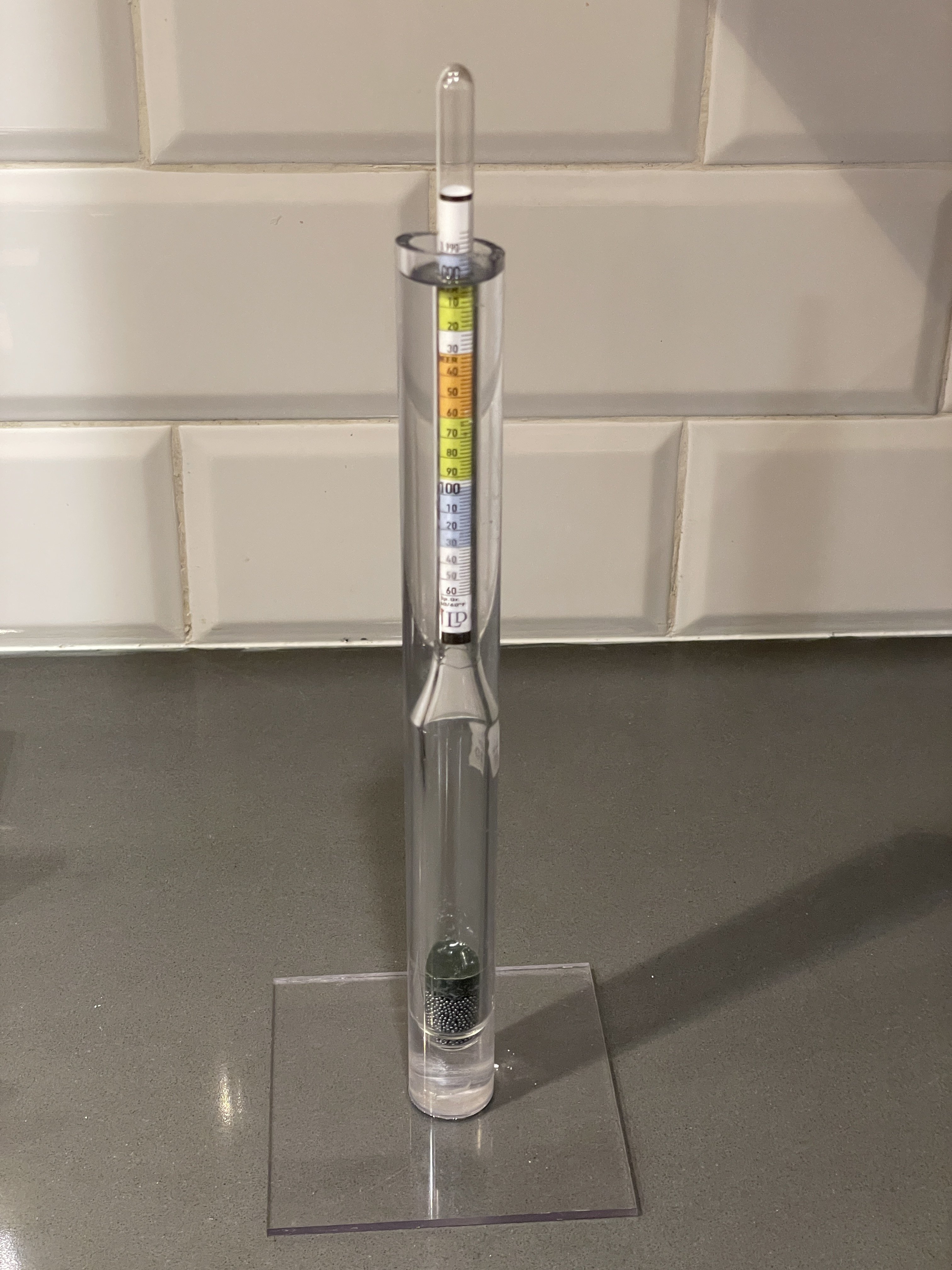Does anyone know a good hack for a hydrometer test jar? Without having to blow a cylinder of glass ?
I imagine a PVC pipe that you then melt one end of to a flat surface could work, but not sure if anyone has tried. Melting PVC probably creates a whole bunch of derivative of petroleum so are likely to be long carbon chain organic compounds that could throw the reading offI think once the plastic cools it shouldn't get into the wort and affect the SG.
Just trying to see if there's anything I could hack together instead of ordering some stuff on Amazon. Probably not worth the trouble though.
I imagine a PVC pipe that you then melt one end of to a flat surface could work, but not sure if anyone has tried. Melting PVC probably creates a whole bunch of derivative of petroleum so are likely to be long carbon chain organic compounds that could throw the reading offI think once the plastic cools it shouldn't get into the wort and affect the SG.
Just trying to see if there's anything I could hack together instead of ordering some stuff on Amazon. Probably not worth the trouble though.



